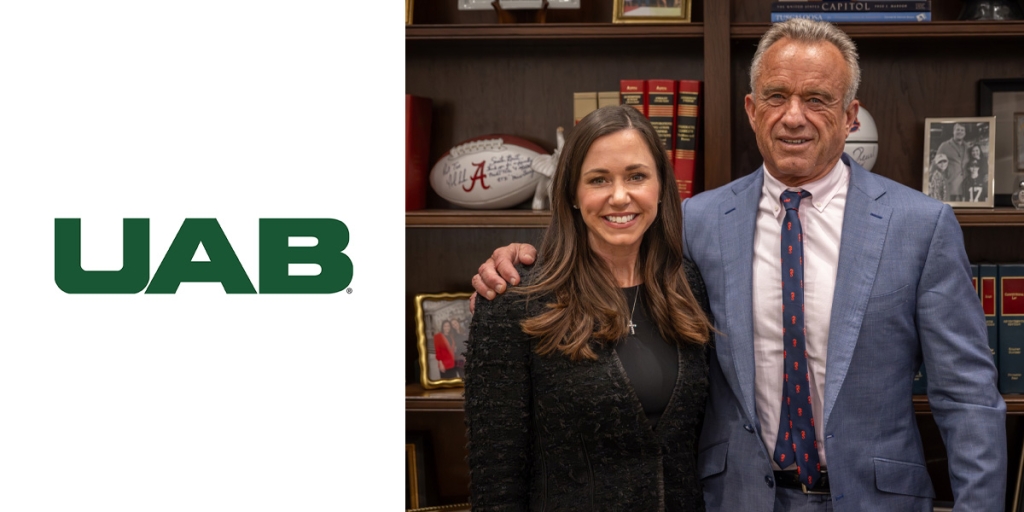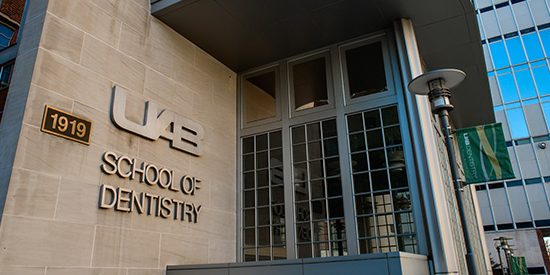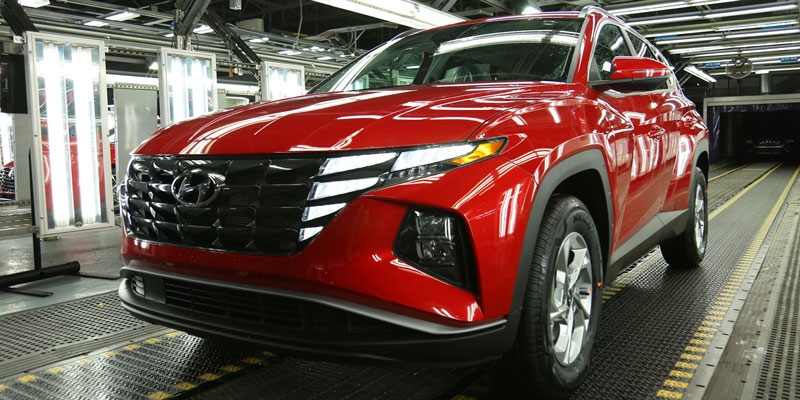The United States could be approaching herd immunity, which occurs when enough people become immune to a disease to make its spread unlikely, according to Suzanne Judd, Ph.D., an epidemiologist in the School of Public Health at the University of Alabama at Birmingham.
Based on the number of vaccinations that have already been administered, as well as findings from a recent study by Columbia University, Judd estimates the nation may reach herd immunity by May. The study by Columbia suggests that, as of the end of January, more than a third of the U.S. population had already been infected with coronavirus.
Scientists believe 72 percent of the population needs to be either exposed or vaccinated for COVID-19 in order to reach this goal.
For Alabama, that means 3.5 million people need to have immunity.
“Three factors determine how quickly Alabama can get to 3.5 million people with immunity: number of people with a positive test, number of people who were infected with COVID but never had a positive test, and the number of people vaccinated,” Judd said. “We have great data to know how many people tested positive and how many people have been vaccinated. From there, we can estimate how many people have immunity but never received a vaccine and never had a positive test based on studies that have tested immunity in blood. We are able to put these numbers together and come up with the estimate of when we will reach herd immunity, which is May of this year.”
What happens when we reach herd immunity?
“It means that cases decrease without social intervention, which might be what we are starting to see right now,” Judd said.
Even though the data are hopeful, it does not mean COVID-19 will be eradicated or that we can let our guard down when it comes to following social distancing and masking precautions.
“I think that COVID-19 is going to be endemic in the United States,” Judd said. “It is going to be like the seasonal flu, something we have to tolerate regularly. There will be isolated outbreaks, and they will likely occur in populations with lower immunity. This means that, just like the flu, a strong vaccination campaign will be needed to keep people out of the hospital.”
Another positive trend that shows the reduction of the severity of COVID-19 cases is the decrease in the number of hospitalizations and deaths.
“We are seeing sharp declines in the hospitalization ratio in the last month and a half, likely driven by monoclonal antibody therapy, but possibly also driven by the vaccine,” Judd said. “If people are vaccinated and still become infected, the case may be milder than it would have been if they were not vaccinated, which leads to lower hospitalizations.”
While the production of the vaccine is increasing, there are still millions of people who do not have access to it. To reach herd immunity, Judd says the vaccine needs to be available to every community.
“We need to get consistent vaccine administration to lots of different populations” Judd said. “We cannot leave people behind. We have to make sure the vaccine is getting into all communities to get that base level of immunity to stop the virus from spreading.”
For more information about the novel coronavirus, visit www.uab.edu/fightcovid19.
(Courtesy of UAB)













